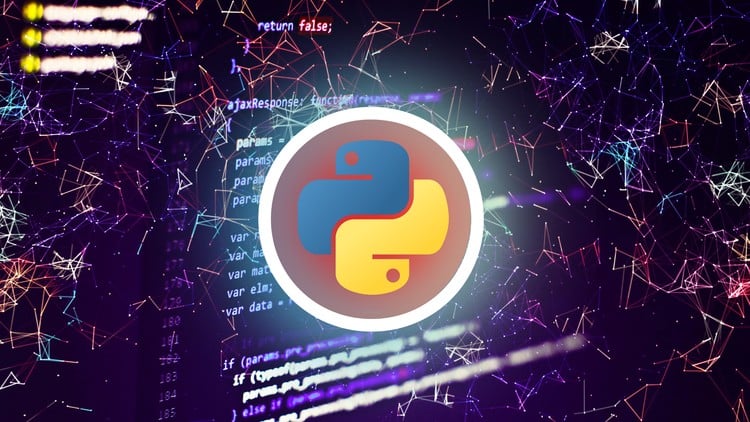
Machine Learning Tutorial: Python-Based Predictive Analytics
⏱️ Length: 5.6 total hours
⭐ 4.20/5 rating
👥 34,901 students
🔄 August 2024 update
Add-On Information:
Note➛ Make sure your 𝐔𝐝𝐞𝐦𝐲 cart has only this course you're going to enroll it now, Remove all other courses from the 𝐔𝐝𝐞𝐦𝐲 cart before Enrolling!
- Master essential Python libraries: Dive deep into NumPy for numerical operations, Pandas for robust data manipulation and analysis, and Matplotlib/Seaborn for impactful data visualization, forming the bedrock of your data science toolkit.
- Implement powerful Machine Learning algorithms: Gain practical experience applying various models, including linear regression, logistic regression, decision trees, random forests, and support vector machines, to solve real-world predictive challenges.
- Navigate the Scikit-learn ecosystem: Become proficient with Scikit-learn, the industry-standard library, to efficiently build, train, and evaluate your machine learning models with minimal code.
- Understand model evaluation and selection: Learn to critically assess model performance using metrics like accuracy, precision, recall, F1-score, and ROC curves, and discover strategies for choosing the best model for your specific problem.
- Grasp hyperparameter tuning techniques: Explore methods such as Grid Search and Random Search to optimize your model’s parameters for peak performance and generalization on unseen data.
- Explore basic unsupervised learning applications: Apply clustering algorithms like K-Means to identify patterns and segment data without predefined labels, opening doors to customer segmentation or anomaly detection.
- Work with real-world datasets: Practice your skills on diverse datasets, mirroring challenges encountered in practical applications, from classification tasks to regression predictions.
- Develop an end-to-end ML project workflow: Understand the complete lifecycle of a machine learning project, from data ingestion and preprocessing to model training, evaluation, and making predictions.
- Build foundational data visualization skills: Create informative plots and charts to communicate insights from your data and model results effectively to both technical and non-technical audiences.
- Bridge the gap from theoretical knowledge to practical application: Translate complex machine learning concepts into executable Python code, building confidence in your ability to tackle diverse data science problems.
- Prepare for advanced ML concepts: Lay a solid groundwork that will enable you to confidently explore more specialized areas like deep learning, natural language processing, or computer vision in the future.
- PROS:
- Highly practical and hands-on: Direct application of Python and ML concepts to real-world scenarios.
- Clear structured progression: Guides learners seamlessly from Python fundamentals to ML model implementation.
- Current and relevant: Features an August 2024 update, ensuring up-to-date tools and practices.
- Strong community validation: High 4.20/5 rating from over 34,000 students attests to its quality.
- Solid foundation for growth: Builds essential skills for exploring advanced AI and data science domains.
- CONS:
- Limited depth for “Pro” status: The 5.6-hour duration, while great for beginners, may not fully cover the advanced topics needed to truly master complex ML or achieve a ‘pro’ level in all aspects.
Learning Tracks: English,Development,Programming Languages
Found It Free? Share It Fast!